5 Mind-Blowing Uses of Guajillo Chili You’ve Never Tried (But Totally Should!)
If you're a spice lover or just someone who’s curious about how to jazz up your kitchen game, the guajillo chili is a must-have in your pantry. Known for its mild heat and complex flavor profile, this dried Mexican chili has been a staple in Latin American kitchens for centuries. But here's the kicker: most people barely scratch the surface of what guajillo can really do.
Table of Contents
- Why Guajillo Chili Deserves Your Love
- Top 5 Practical Tips & Tricks with Guajillo Chilies
- A Deeper Dive: History, Heat Level & Flavor Profile
- Flavor Pairing Chart & Visual Comparison Table
- Final Thoughts: Why Every Kitchen Needs Guajillo
Why Guajillo Chili Deserves Your Love
Let’s start with a quick refresher on the basics. The guajillo chili (pronounced gwah-HEE-yoh) is the dried version of the mirasol chili. It’s one of the most commonly used chilies in Mexico—second only to the ancho in popularity—and plays a starring role in sauces, stews, soups, and even marinades.
It has a moderate heat level, typically measuring between 2,500 to 5,000 Scoville units, making it hotter than ancho but milder than cayenne. What really sets it apart, though, is its unique blend of flavors—fruity, smoky, slightly sweet, and earthy all at once. Think of it as the chili that could hold its own in a fine dining experience without scaring off the guests.
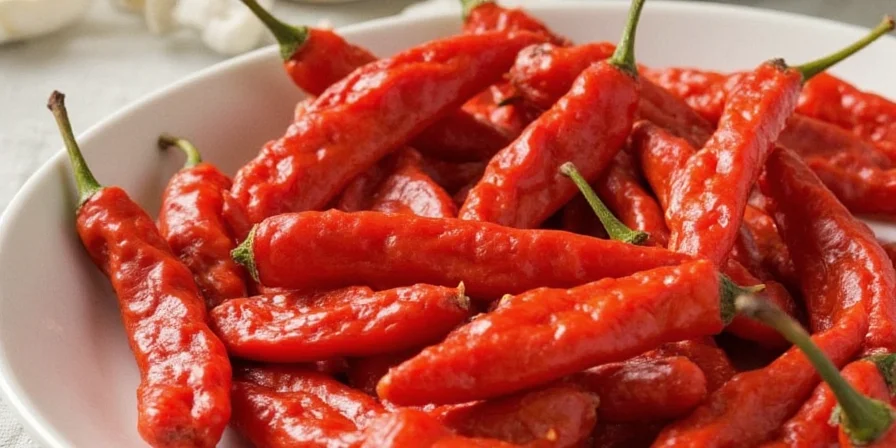
Top 5 Practical Tips & Tricks with Guajillo Chilies
You probably know how to make a basic red sauce with guajillos, but we’re going beyond the basics here. Here are five clever and underused ways to incorporate guajillo into your cooking repertoire:
- Toast Before Grinding: Toasting dried chilies enhances their natural oils and deepens the flavor. Simply heat a dry skillet over medium heat, place the chilies in, and toast for 1–2 minutes per side until they release a nutty aroma. Don’t walk away—these little guys can go from toasted to burnt in seconds!
- Make Your Own Guajillo-Infused Oil: Blend toasted guajillos with olive oil in a blender, strain through cheesecloth, and store in a cool, dark place. Use it to drizzle over roasted veggies, popcorn, or tacos for a flavor punch.
- Boost Soups and Stews: Add whole or broken guajillos to simmering broths or soups for depth of flavor. Remove them before serving unless you’re going for surprise spice bites!
- Create a Smoky Dry Rub: Combine ground guajillo with garlic powder, smoked paprika, brown sugar, salt, and pepper for a killer barbecue rub. Works like magic on pork shoulders or grilled chicken thighs.
- Spice Up Chocolate Desserts: Yes, really! A tiny pinch of guajillo adds complexity to rich chocolate desserts. Try it in brownies, mole-inspired hot cocoa, or even chocolate truffles.
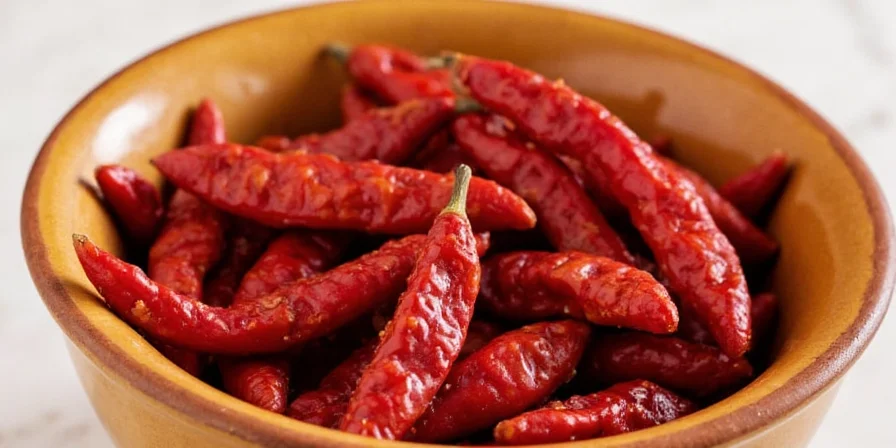
A Deeper Dive: History, Heat Level & Flavor Profile
The guajillo chili has roots stretching back to pre-Columbian Mexico. Used both as food and medicine by indigenous cultures, these peppers were often traded or offered in religious ceremonies. Today, they remain central to regional cuisines such as those of Zacatecas, Jalisco, and Aguascalientes.
Heat Level
As mentioned earlier, guajillos sit comfortably in the middle of the heat spectrum. They’re not spicy enough to bring tears (unless eaten raw), but definitely noticeable when concentrated in a sauce or dry rub.
Flavor Profile
Their flavor is best described as a balanced mix of:
- Berries
- Dried plums/prunes
- Coffee
- Tea-like notes
- Woodsy undertones
Varieties
While there aren’t many named varieties of guajillo chili, quality varies depending on region, age, and drying technique. Always look for bright red, pliable chilies without signs of mold or excessive brittleness.
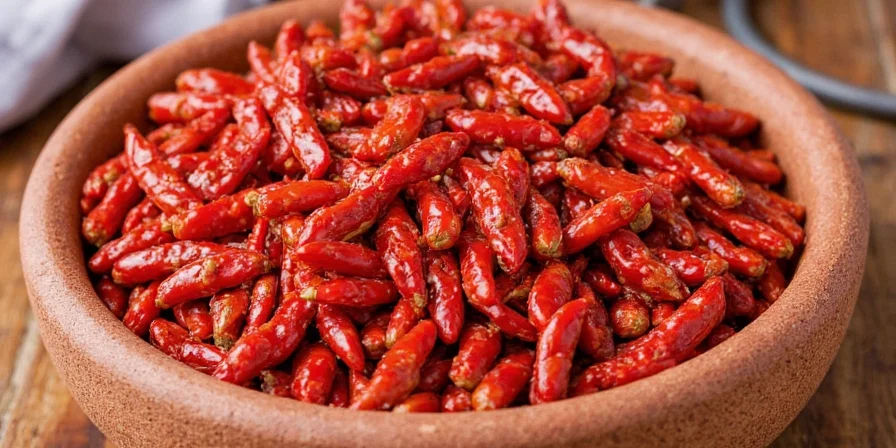
Flavor Pairing Chart & Visual Comparison Table
To help you become a master of flavor combos, here’s a handy pairing chart that shows what ingredients complement guajillo chilies beautifully.
| Food Group | Great Guajillo Pairings |
|---|---|
| Proteins | Pork, chicken, lamb, chorizo, shrimp |
| Fruits | Mango, apples, raisins, prunes |
| Vegetables | Onions, tomatoes, garlic, squash, potatoes |
| Dairy | Goat cheese, sour cream, crema |
| Spices/Herbs | Cumin, oregano, cinnamon, cloves, thyme |
| Liquids | Orange juice, tomato puree, cider vinegar, beer, coffee |
And if you want to compare guajillo to other common dried chilies, here’s a visual and sensory breakdown:
| Chili | Heat (SHU) | Flavor Notes | Best Use |
|---|---|---|---|
| Guajillo | 2,500 – 5,000 | Berry, tea, wood | Sauces, rubs, soups |
| Ancho | 1,000 – 2,000 | Cherry, chocolate, earthy | Mole, braises |
| Chipotle | 5,000 – 10,000 | Smoky, tobacco, sweetness | Stews, BBQ |
| Arbol | 15,000 – 30,000 | Nutty, grassy, sharp | Oils, salsas, pickling |
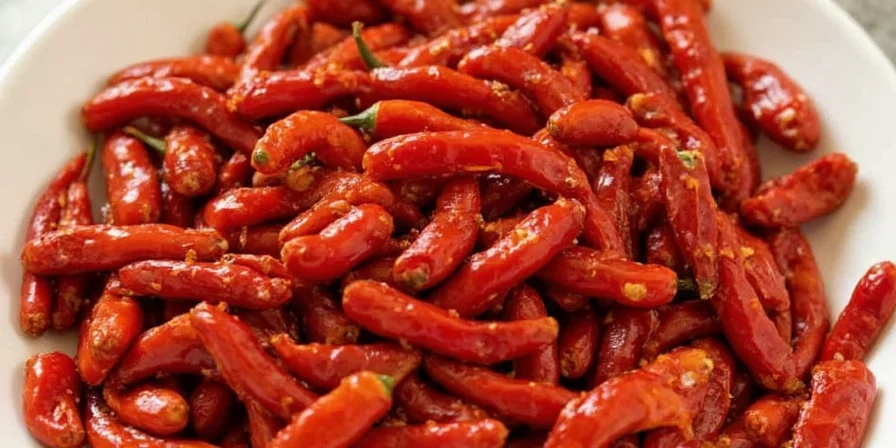
Final Thoughts: Why Every Kitchen Needs Guajillo
In a world full of spices that either scream or whisper, the guajillo chili finds the perfect balance. It’s not too loud, not too shy—it’s the confident, flavorful friend you always want around the dinner table. Whether you're simmering a classic salsa roja or spicing up your morning scrambled eggs, guajillo brings something special to every dish.
So next time you’re at the market or planning your meal prep, don’t overlook this humble yet mighty chili. Embrace its versatility, experiment with pairings, and remember—when it comes to spice, sometimes subtlety steals the show.
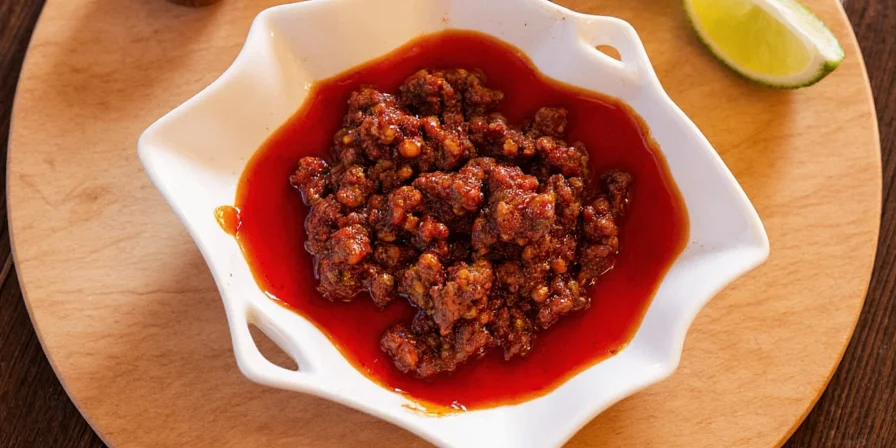
Got a favorite guajillo-based recipe? Share it in the comments below—we’re all ears and taste buds!

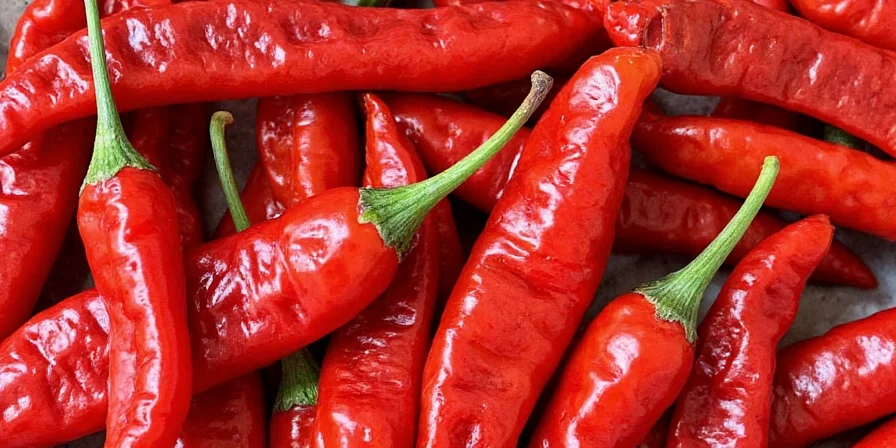









 浙公网安备
33010002000092号
浙公网安备
33010002000092号 浙B2-20120091-4
浙B2-20120091-4